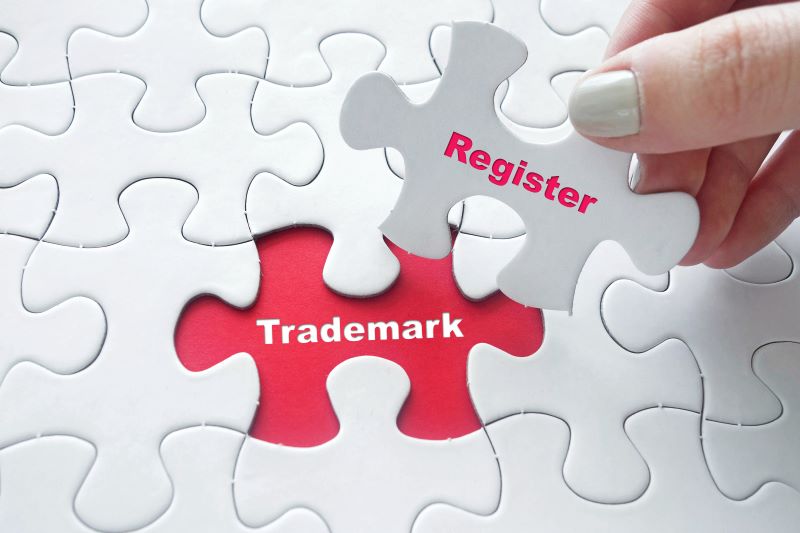Non-use of a trademark for more than five years results in its vulnerability to cancellation actions. Refiling a trademark, as an instrument of extension of protection in order to keep the monopoly over the mark of interest, could be used in Serbia under certain conditions. Those conditions refer to the fact that the Serbian Trademark Law is not aligned with EU legislation and practice and that the examination of the relative grounds for refusal of trademark applications is still conducted by the IPO ex officio in Serbia. By refiling, the trademark owner avoids facing the consequences of non-use of the trademark – its vulnerability to a cancellation action — as the non-use grace period of 5 years is renewed each time when the trademark is refiled and therefore extended.
Although the Serbian Law on Trademarks prohibits registration of marks which are identical to prior trademarks, opportunities for refiling can be found in its interpretation. According to the Serbian Law on Trademarks (Art.5.1.9), a mark shall not be registered as a trademark if it is identical to the earlier trademark for identical goods and/or services. The protection for the identical trademark registration, therefore, will be granted to the holder of the earlier trademark only if he waives his earlier trademark before the registration of the later. This approach results in the renewal of the non-use grace period of five years, which starts running again from the date of registration of the later trademark, but it also means a loss of the priority rights which were acquired by the renounced registration. This deliberate loss could be acceptable to the trademark owner because the newly registered mark could not be challenged on non-use grounds. Also, in case of need to initiate cancellation proceedings against the trademark of a competitor, based on similarity with the prior mark, that registration would be useless from the simple fact that the owner did not put it into the market and its genuine use could not be proved. Therefore, refiling is a useful instrument for maintaining the validity of a trademark which is not used on the market yet.
On the other hand, if losing the priorities of the earlier registration would be an unfavorable option, the trademark owner has at its disposal a completely different approach without renunciation of any rights. Namely, the effect of refiling could also be achieved by filing the application for the mark slightly differently from the one previously registered, but at the same time differently enough to be assessed by the IPO as not identical to the earlier one. Alternatively, this could also be achieved by filing the application for the identical mark but for goods and services which are not identical to those covered by the earlier registration. According to the Serbian Law on Trademarks (Art.5.1.10), a trademark cannot be registered if it is identical to the other person’s prior mark for the similar goods and/or services or similar for the identical goods and/or services, while the registration of the similar trademarks of the same owner is allowed. Therefore, one person could apply for a new trademark which, compared to the original, differs only in minor nuances. The owner must decide which differences are acceptable from a practical point of view. The new mark should stay close both to the mark which is intended to be really used in the future, and to the mark which is renewed. The adequately chosen later mark is the one which differs in elements, but does not alter the distinctive character of the earlier trademark, e.g. when both marks consist of the same word(s), when one is written in lower case and the other in upper case letters, or when it uses a divergent form (font) of letters. In that case, the list of goods and services can stay unchanged.
The other option would be filing an identical mark, but for a list of goods and services which uses different terms but stays within the scope of protection of the earlier mark, e.g. if the earlier mark is registered for pharmaceutical preparations in general, the later could be filed for a more specific medicine, or, if the earlier covers clothing generally, the later could be filed for specific garments or vice versa. The new application will be allowed as long as it does not cover the identical terms which are used in the list of goods and services, or if the same does not cover synonym that has identical scope of protection. Implementation of any of the strategies of refiling without quitting prior rights, by making changes in the mark or in the list of goods and services, would result in a cumulative existence of two or more trademarks of the same holder. The first trademark would still exist, though it would be vulnerable for cancellation due to non-use, while for the later trademark(s), a new non-use grace period of 5 years starts from the date of the new registration.
Unlike in EU member states where the sanction for applying for a trademark in bad faith is prescribed by the law, and where the ECJ practice instructs the interpretation that refiling might be an act of bad faith (Pelican Case T-136/11), in Serbia, a trademark cannot not be cancelled on the grounds of bad faith. Because there is no implication of bad faith and no resulting negative consequences, refiling in Serbia is a safe harbor for right holders. Having in mind all the benefits and weaknesses of the presented refiling strategies, the trademark owner can choose the one which adequately achieves its objectives. While Serbia is still in a transitional process regarding aligning its laws and practice with the EU legislation, refiling remains an available option for preventing the consequences of non-use.




